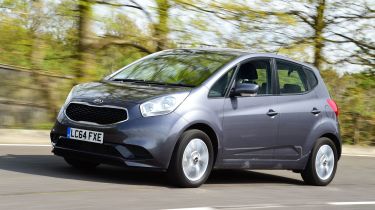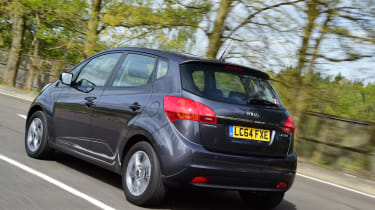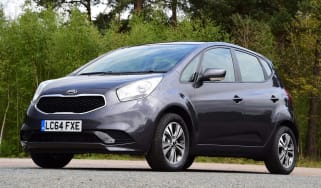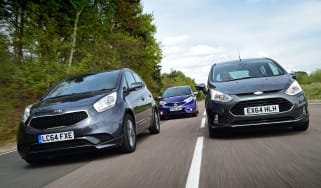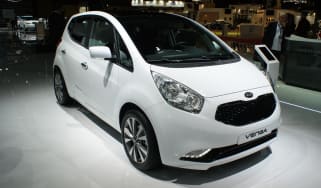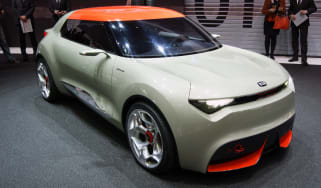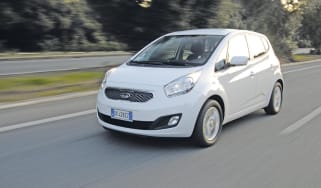Kia Venga (2010-2019) review
The Kia Venga has made a big impact in the mini MPV sector, with great space and strong value

The Kia Venga proves that you don’t need to spend a lot of money to get a truly practical family car. This supermini-sized MPV combines practicality and value for money to great effect, and as a result has made a big impact on its class.
A strong part of the appeal too, is the industry-leading seven-year warranty Kia offers –providing buyers with real peace of mind. The only potential fly in the ointment is the firm suspension, which can make for a rather uncomfortable ride over rough road surfaces.
Plus, as spacious and practical as the interior is, it trails rivals like the Honda Jazz and Ford B-MAX by a long way in terms of quality. The Venga hasn’t even caught up with the level of fit and finish found in newer cars from Kia, although a recent facelift has addressed some of the areas of concern in the cabin.
Most buyers will be able to put up with this when they look at the price, though: the basic 1 model represents brilliant value for money, while even the more expensive, gadget-packed flagship 3 looks tempting.
‘Tardis-like’ may be a bit of a cliché, but maximising cabin space was obviously first and foremost in the design team’s mind when they penned the diminutive Kia Venga’s shape.
Used - available now

2022 Volkswagen
T-Roc
42,217 milesManualPetrol1.0L
Cash £17,187
2023 Hyundai
Kona Hybrid
9,671 milesAutomaticPetrol1.6L
Cash £18,087
2024 SEAT
Ibiza
27,612 milesManualPetrol1.0L
Cash £14,500
2023 Land Rover
Discovery Sport
24,390 milesAutomaticDiesel2.0L
Cash £31,887The Venga is a mini-MPV with a very small footprint, but voluminous proportions that make for an exceptionally roomy interior. In competes in a class of rivals that includes cars like the Ford B-Max, Citroen C3 Picasso, Nissan Note and Skoda Roomster.
The model has been around for a few years now, having debuted in 2009. It’s part of a joint venture project between Kia and Hyundai, so shares a front-engined, front-wheel-drive platform with the Hyundai i20 – as well as with Kia’s related mini-SUV which is called the Soul. The Venga is built at Hyundai’s European plant at Nošovice in the Czech Republic, alongside its Hyundai sister cars.
Kia’s mini-MPV, which is only available in five-door hatchback format, has recently received a mid-life refresh in a similar way to the latest Picanto city car. The upgrade delivered tweaked exterior styling including new alloy wheels designs, a larger front grille, deeper air inlets and daytime running lights.
The Venga’s engine line up includes 1.4 and 1.6-litre petrol and diesel options, all offering relatively staid performance. Economy is good across the board, although there are plenty of newer rivals that return even better figures – as well as greater performance.
The Venga comes in six trim levels, handily numbered 1 to 4. There’s an ‘Air’ version of the Venga 1 which features air-con, plus the more youthful Bluetooth-equipped SR7 to complete the range.
The entry-level Venga 1 has ESC as standard, plus twin front, side and curtain airbags, steering wheel controls, 60:40 split rear seat, and electric front windows and mirrors. The Venga 2 adds reversing sensors, 16 inch alloy wheels all-round Bluetooth, electric windows and folding mirrors, but you need to reach Venga 3 level to get a 7-inch touchscreen nav, a reversing camera, heated seats and cruise control. The Venga 4 adds a panoramic sunroof to an expanded list of luxuries.
For an alternative review of the latest Kia Venga MPV visit our sister site carbuyer.co.uk
